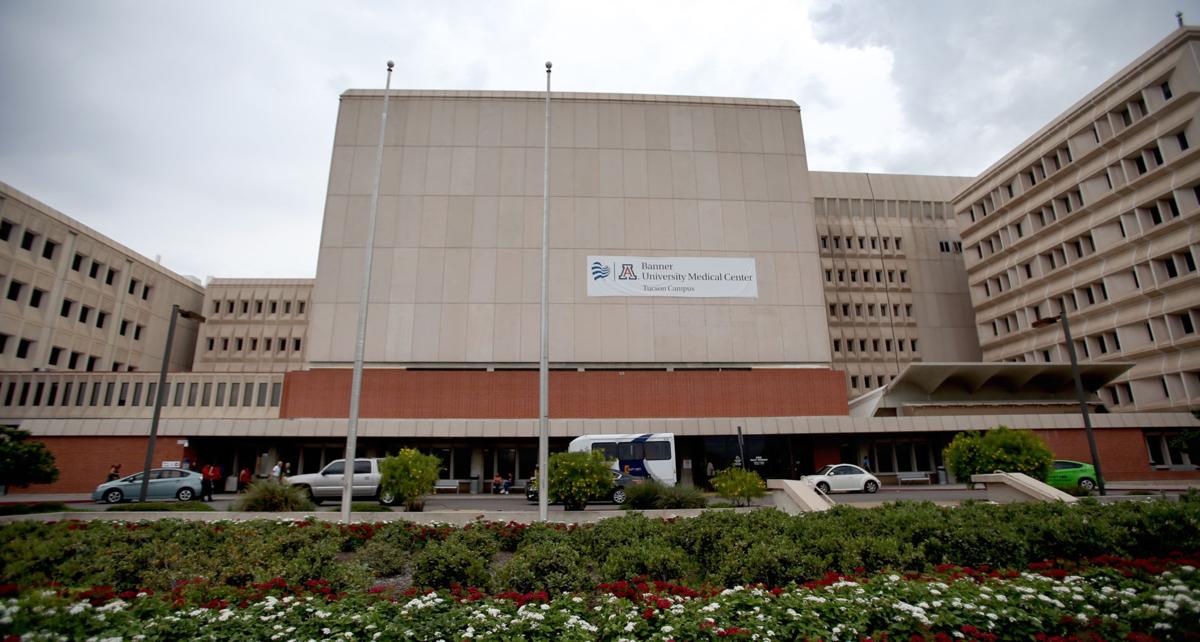A new computer system is causing problems, including delays for patients, at Banner Health’s Tucson hospitals and clinics.
The difficulties are happening as the facilities get accustomed to a new electronic health records, or EHR, program — the second new system in five years.
Issues with the $45 million switch include reports of slowdowns as staff gets used to the new system, officials confirmed last week.
The Cerner EHR system, which went live Oct. 1, will ultimately be better for local operations, said Dr. John Hensing, chief clinical officer for Phoenix-based Banner Health, which took over operations of the University of Arizona Health Network in 2015.
But the transition has been a “painful period” for Banner’s Tucson operations, he added.
“There will be a degradation in the way the system operates,” Hensing said. “Patients and physicians, and nurses and others will almost certainly experience that. That is true for any new application like this. It’s a complicated event to move everyone from one system to another.”
Among the advice company officials are giving to Tucson patients: this is temporary. Also, patients are welcome to call ahead to confirm that the health provider they are visiting is on schedule.
“We don’t want patients to wait or receive slow service, so we have been actively reaching out to reschedule appointments if we are running behind,” company officials said in written responses to questions from the Star.
“We strive to make health care easier, and are disappointed when that doesn’t happen. We are focused on improving the current experience for patients, and eliminating delays that have been caused by this transition.”
Hensing estimated stability by the end of the year.
Not-for-profit Banner Health operates two Tucson hospitals: Banner-University Medical Center Tucson, 1501 N. Campbell Ave., and Banner-University Medical Center South, 2800 E. Ajo Way. Its Tucson operations, also including clinics, employ nearly 6,000 people.
Complaints
Officials with the Arizona Department of Health Services confirmed they are investigating complaints about Banner’s new computer system in Tucson, but would not give any details about those complaints, including the number they’ve received.
Katie Riley, a spokeswoman for Banner-University Medical Center in Tucson, said the company is committed to working with ADHS “in full transparency.”
ADHS is “well apprised of the scale of this kind of installation,” Riley said.
The state agency is also aware of the patient care value in having a fully integrated electronic records system across all of Banner’s campuses, Riley said.
“We have substantially increased our normal level of onsite IT clinical support, and will maintain that level as long as staff and providers are continuing to access support,” she said. “We anticipate the need could be through the beginning of 2018.”
Banner has been preparing for the switch to a system made by Missouri-based Cerner Corp. for more than a year.
Hensing said that in the long run the change from the Epic system to Cerner is expected to result in better care for patients and improved research abilities because of the large data sets that will be available through a system shared between all Banner facilities.
Banner Health is one of the largest health systems in the U.S. and the largest private employer in Arizona. It owns, leases or manages 28 acute-care hospitals in six states, as well as home health agencies, primary care clinics, urgent care facilities and home medical equipment supply services.
Banner’s Tucson facilities had previously used Epic, an EHR system made by Wisconsin-based Epic Systems Corp., which the UA Health Network implemented in 2013 at an estimated cost of $115 million.
The investment in Epic was so expensive that the UA Health Network experienced unprecedented operating losses in its 2014 fiscal year, including $32 million in unbudgeted costs. The extra costs were due primarily to a delay in getting the system live and funding additional training and support, officials said.
Patient safety
EHRs in a health care company like Banner serve two main functions.
First, the electronic system acts as an alert mechanism and clinical decision support tool when care is being delivered.
“And that tool needs to be modified over time to keep up with clinical evidence in the literature and so on. It needs to be used as a patient safety tool,” Hensing said.
The second major use for the EHR is looking at data across a very large collection of patients.
“Big data, which is a term that is used in a whole variety of industries — retail, travel and so on — is becoming increasingly important in health care,” Hensing said.
“The university faculty and the university itself was keenly interested in having access to this very large data set beyond just the Tucson operations — that is, access to hospitals and medical group activities across the six states that Banner operates.
“That is the reason you really want to put everyone on the same system.”





